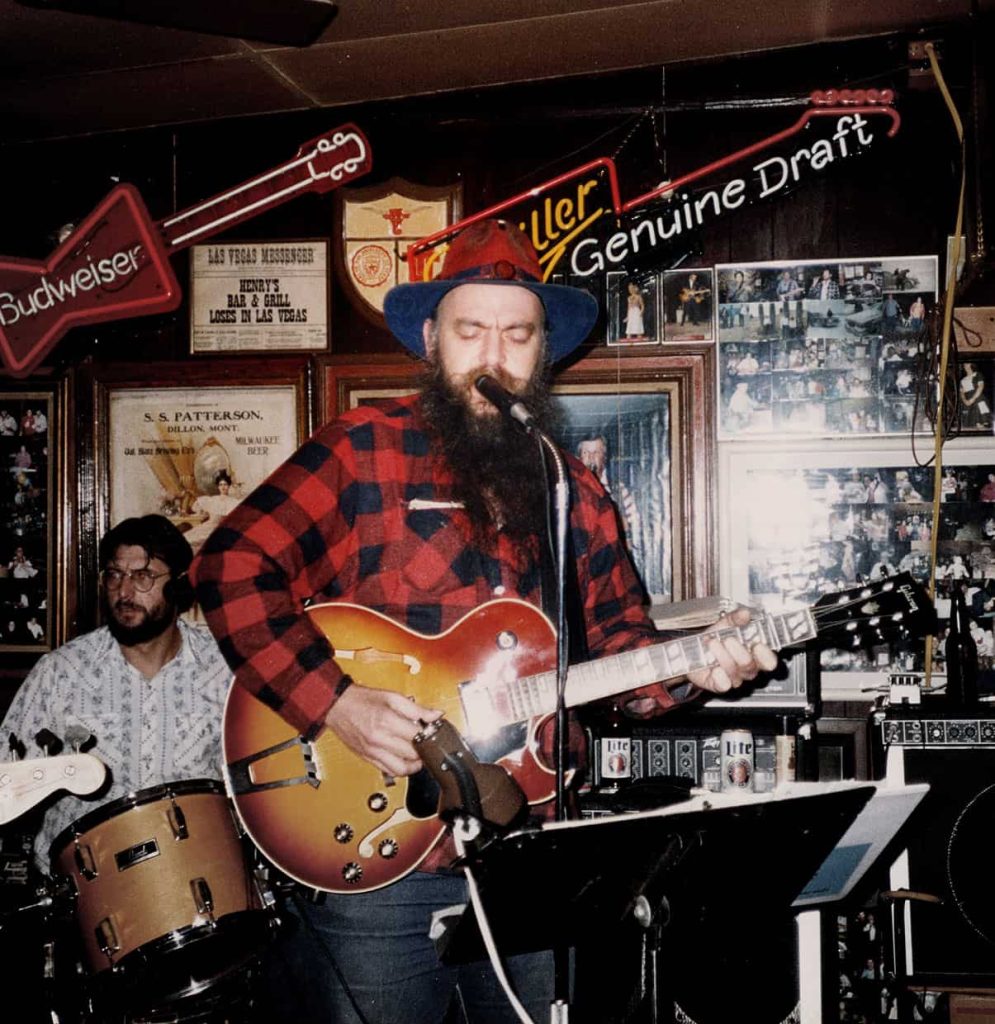
A Ballad of Resilience, Hope, and the Quiet Dignity of the Downtrodden
“Clay Pigeons,” a song imbued with raw emotion and a profound understanding of life’s struggles, stands as a testament to Blaze Foley’s unique talent. Though it never charted upon its initial release—a sad reality for an artist so ahead of his time—the song has since garnered immense recognition, solidifying its place as a folk-country classic. Its enduring appeal lies in its simple yet powerful message: even in the face of hardship, hope and resilience can prevail.
Blaze Foley, a figure shrouded in myth and legend, was a quintessential outsider artist. His life, marked by poverty, instability, and a fierce dedication to his craft, mirrored the very themes he explored in his music. “Clay Pigeons,” in particular, resonates with this lived experience. The song paints a vivid picture of someone down on their luck, perhaps even homeless, seeking solace in the small moments of life. The lyrics, sparse yet evocative, speak of pawn shops, Greyhound buses, and the yearning for a better tomorrow. “I’m gonna fly like an eagle,” Foley sings, a simple line that carries the weight of a thousand unspoken dreams.
The song’s beauty lies in its understated nature. There are no grand pronouncements or dramatic flourishes, just a quiet, introspective reflection on the human condition. The melody, gentle and melancholic, perfectly complements the lyrics, creating an atmosphere of both sadness and hope. It’s a song that speaks to the heart, reminding us that even in our darkest moments, there is always a glimmer of light.
While pinpointing a precise chart position for “Clay Pigeons” during Foley’s lifetime is challenging due to his largely underground status, its impact has been immeasurable. The song’s influence has grown exponentially over time, with numerous artists covering it, most notably John Prine, whose rendition brought the song to a wider audience. This renewed attention has cemented “Clay Pigeons” as a cornerstone of the Americana and folk-country genres.
The story behind the song, like much of Foley’s life, is shrouded in a certain mystique. Some say it was written during a particularly difficult period in his life, when he was struggling with homelessness and addiction. Others believe it was inspired by the stories of the people he encountered on the fringes of society. Regardless of its exact origins, “Clay Pigeons” feels deeply personal, as if Foley is sharing a piece of his own soul with the listener.
The phrase “clay pigeons” itself is a poignant metaphor. In shooting sports, clay pigeons are targets, easily shattered. In the context of the song, they represent the vulnerability of those on the margins, those who are easily broken by life’s hardships. Yet, despite this vulnerability, the song emphasizes the enduring human spirit, the refusal to give up even when faced with seemingly insurmountable odds.
Listening to “Clay Pigeons” today is like stepping back in time, not just to the era in which it was written, but to a deeper, more universal understanding of what it means to be human. It’s a song that reminds us of the importance of empathy, compassion, and the enduring power of hope. For older listeners, it may evoke memories of simpler times, of struggles overcome, and of the enduring music that has accompanied us throughout our lives. It stands as a testament to Blaze Foley’s enduring legacy, a legacy built not on commercial success, but on the enduring power of his art. It is a song that will continue to resonate with generations to come, a timeless ballad of resilience in the face of adversity. The song’s simple elegance and profound message make it an unforgettable experience, a quiet reminder that even when we feel like broken targets, we still have the potential to soar.